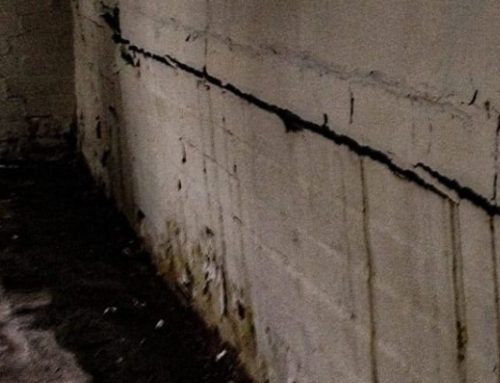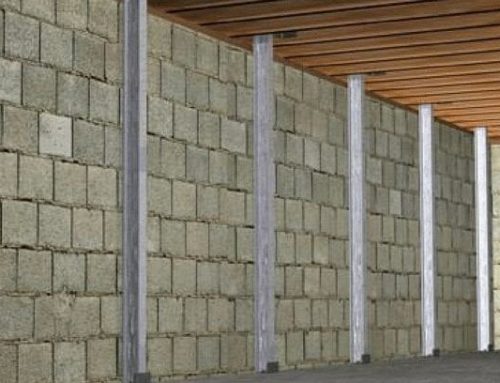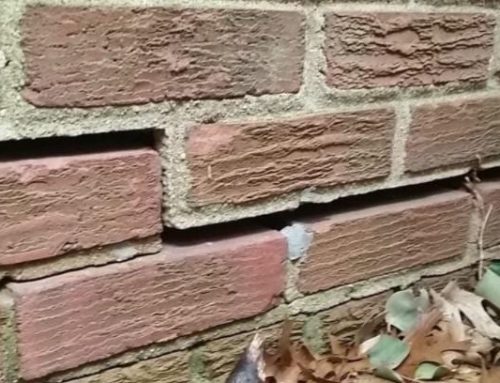Home foundation cracks are common in areas where the winter temperatures go below freezing.
As strong as they may be, your cement or block foundations can still develop significant issues or even experience foundation movement as the ground repeatedly freezes and thaws over the years.
Ground freezing is one of the biggest contributors to foundation issues that could affect your home.
What Happens When the Ground Freezes?
Ground soils of different types all have distinctive water absorption and retention properties that can attribute to foundation cracks and other foundation issues.
Typically, sandier soils naturally absorb and hold less water than clay soils.
The more water the soil holds, the greater the effects from freezing it undergoes.
Soil by itself does not freeze; it’s the water in the soil that actually freezes and expands as a result.
In terms of water retention, sandier soils are better for preventing foundation damage from freezing than clay soils.
Drainage problems can also affect how much water the soil around your home can hold.
Runoff from gutters and poorly positioned downspouts, incorrect site grading, burst underground pipes, and other reasons for high water content in the ground can make the effects of ground freezing even more significant.
How Does Freezing Ground Cause Foundation Issues?
When the ground around your home expands due to freezing, it puts a large amount of stress on the sides of the foundation.
Your foundation is durable and built to withstand such pressure; however, it’s not uncommon for homeowners to start seeing foundation cracks as their homes get older.
Cracks begin where there are weaknesses in the structure, whether those are more porous areas in a cement type or the mortar joints in a block one.
Every additional year that the ground repeatedly freezes and thaws just increases the strain on the foundation, increasing the chance that cracks will start to appear.
These cracks can result in slow leaking initially or even more serious issues like flooding and foundation movement as the years pass.
Very old homes are notable for having significant foundation problems.
What Can Be Done for Foundation Cracks?
When cracks start to show up in your home’s foundation, it may seem easy enough to patch them with cement sealants to keep them from leaking.
Unfortunately, this approach usually results in the cracks worsening as water pushed in and trapped within them continues to expand, broadening the cracks as time goes on.
These types of foundation issues must be professionally repaired to prevent them from worsening to the point that major structural damage is not eventually done.
Seeing Foundation Cracks?
If you live in an area where it freezes over the winter, you could see cracks in your foundation over time.
Minor issues like hairline cracks can lead to leaking, which will progress the damage as more time passes.
Whether you’re seeing minor cracks, water leaking, foundation movement, or other issues, they are all signs you should be speaking with a foundation specialist before it’s too late!






